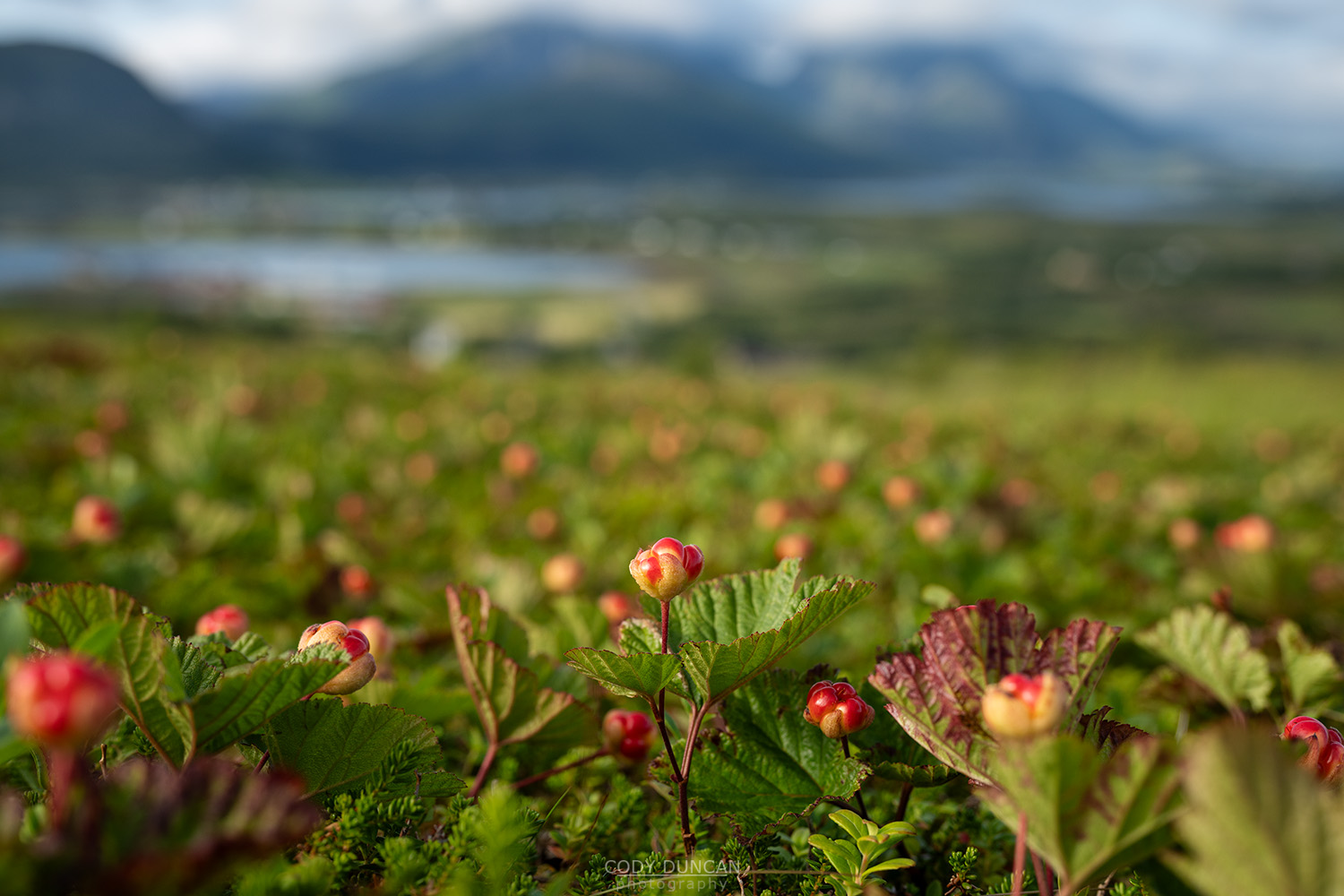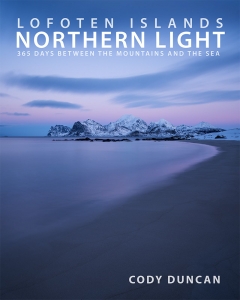Friday Photo #551- New Flakstad Parking Enforcement

Photo: View over Yttersand beach from Yttersandheia, Flakstadøy, Lofoten Islands, Norway. July 19, 2022. 17:06
With the summer tourist season well under way on Lofoten the local newspapers have been filled with the yearly articles about the ‘tourist chaos’ and local Facebook groups are full of grumpy ramblings and pictures of motorhomes parked in poorly thought of locations – some of which were quickly closed off. And while this happens every year on Lofoten, one new thing is both Flakstad and Moskenes municipalities now have parking enforcement agents driving around and ticketing illegally parked cars. And from the looks of it, they are collecting quite a lot of money these last weeks!
Anyone who has been to Lofoten during the summer, particularly the popular hiking trails in western Lofoten, has likely seen that is no where near adequate parking to handle the summer tourism bubble. Up to this point, the chaos was generally allowed to take over, and while there were local complaints, there had been little to no actual enforcement of illegal parking. So one could park directly in front of a ‘no parking’ sign or block the road to where an ambulance could not pass through with basically no risk of getting fined.
That has now changed. All the cars marked ‘x’ in this photo from July of last year would now receive 900 NOK parking tickets if having done so this year. And it seems plenty are still doing so, as this parking lot at Yttersand beach has been a good earner for Flakstad recently as people often still ignore the clear ‘no parking’ signs and park in the turning area which is needed for larger vehicles like the trash truck to turn around. A closer illustration from above shows that actual parking area is only a small section beyond the turning area, in which 14 vehicles are parked and would now be ticketed.
Unfortunately, there does not seem to be any solutions to the parking issues on Lofoten in the near horizon. The local governments are not well equipped enough or united in cooperation to run tourism economies, while the national government has been terribly slow to implement much needed funding like a tourist tax in the Lofoten region. So productive measures like shuttle busses to popular trail heads or beaches have been attempted, but ultimately failed without proper funding and promotion. With the inadequate public transport across Lofoten if attempting to leave the E10, cars will still dominate tourism on Lofoten and the popular areas will continue to have insufficient parking to fill demand. In a cynical way, this lack of parking will earn a lot of money from unsuspecting tourists returning from their hikes to find a yellow 900 NOK parking ticket on their windshield…
Head over to my Instagram account for (almost) daily postings of the local conditions here on Lofoten: @distant.north
Camera Info:
Nikon Z7 II
Nikon 24-200mm f/4-6.3
24mm
ISO 100
f 8
1/320 Second
WB Daylight








